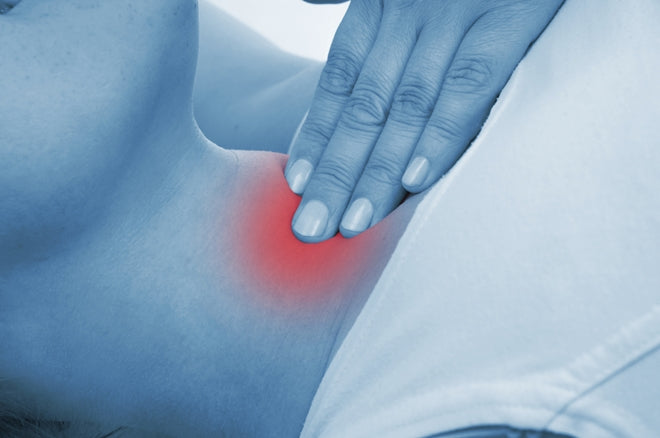Last week, you learned about the dangers and ineffectiveness of mammograms in Part I of this article series. Now, Hallelujah Diet's Research Director, Dr. Michael Donaldson explains another alternative to mammograms: thermography. To learn more about this safe and effective technology, continue reading.
What is Thermography?
Capable of detecting early stage breast cancer, breast thermography is a non-invasive test that lasts just 15 minutes. Using advanced ultra-sensitive, digital infrared cameras of high resolution, thermography can detect very minor and subtle changes that accompany breast pathology, as explained by the American College of Thermology. This physiological test can detect cancer, fibrocystic disease, an infection or even a vascular disease through demonstrating patterns of heat that would display abnormalities. Unlike a mammogram, this test can rule out abnormalities that are non-cancerous, to prevent unnecessary follow-up screenings or procedures from occurring.
"Often abnormalities in the breast are first manifested as a higher blood flow to a point as a very small tumor begins angiogenesis, building its blood supply," explained Dr. Donaldson. "Only years later, in most cases, does this abnormality develop far enough to become a tumor that is detectable by a mammogram. The physiological increase in blood flow, and thus temperature, occurs before a tumor is big enough to be seen by a mammogram."

A Safer Option Than Mammograms
There are two reasons that thermography is preferable over mammograms. Without using radiation, there is no harm done to the breast tissue or the body during the screening. Secondly, the ability of this test to detect abnormalities much sooner than mammograms has the potential to reduce the rate of "false positives," mentioned in Part I of this article series. Mammograms, by contrast, do not generally find tumors until they have already grown tremendously.
A Complementary Procedure
It is important to note, however, that thermography alone cannot pinpoint the exact location of breast cancer. While thermography analyzes physiology, mammograms examine anatomy and as such, the results are going to be different. If a thermogram indicates an abnormality, a follow-up mammogram is needed to find the exact location of a tumor - if there is one. The supplemental mammogram can then find the location of the suspected tumor. Thus, those in the thermography field see it not a direct replacement of mammograms, but rather as a complementary procedure.
"As much as 15-20% of tumors are missed through mammo-graphy."
As explained by the International Academy of Clinical Thermology, this multidimensional approach of using both mammography and thermography in collaboration with regular clinical examination, has the potential to detect 95 percent of early stage cancers.
"When the two procedures are combined you get the best of both worlds. Mammograms miss about 15-20 percent of tumors," said Dr. Donaldson. "Thermograms miss about 10 percent. Together they only miss about 5 percent."
Dr. Donaldson advised thermology as the first line of early detection because it allows any abnormalities to be recognized early enough to make changes to diet and lifestyle. From there, re-screening can help monitor the progress over time. If there is an area of real concern, of high abnormality, the clinician will likely refer you to a specialist for more testing.






